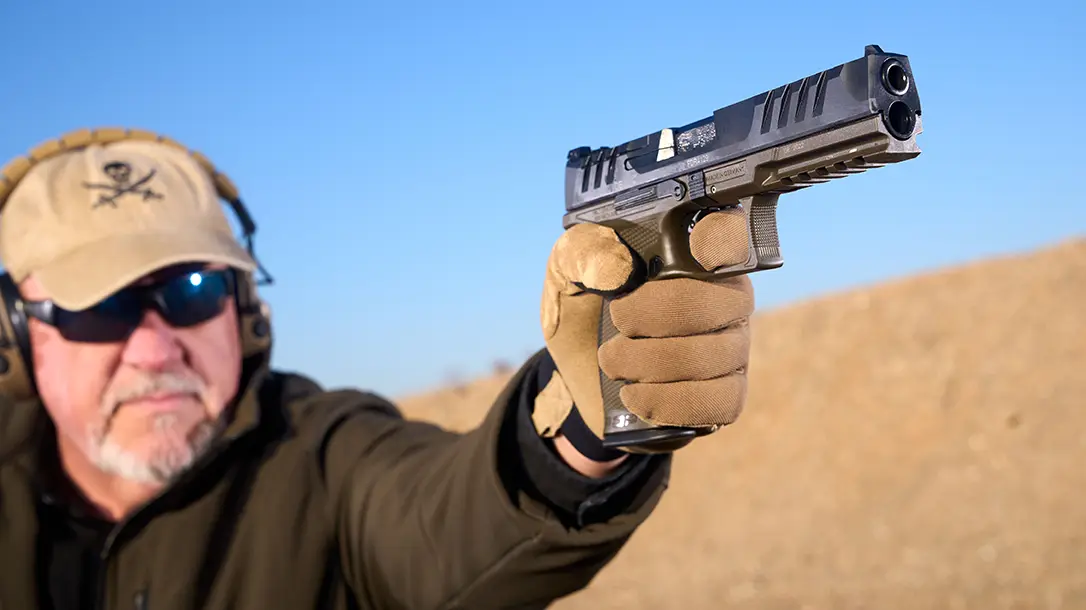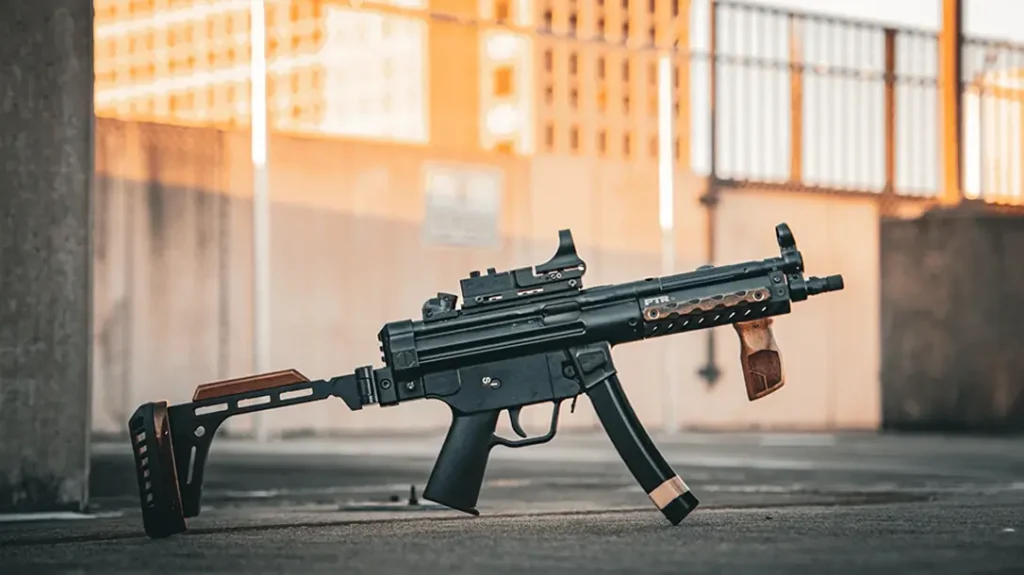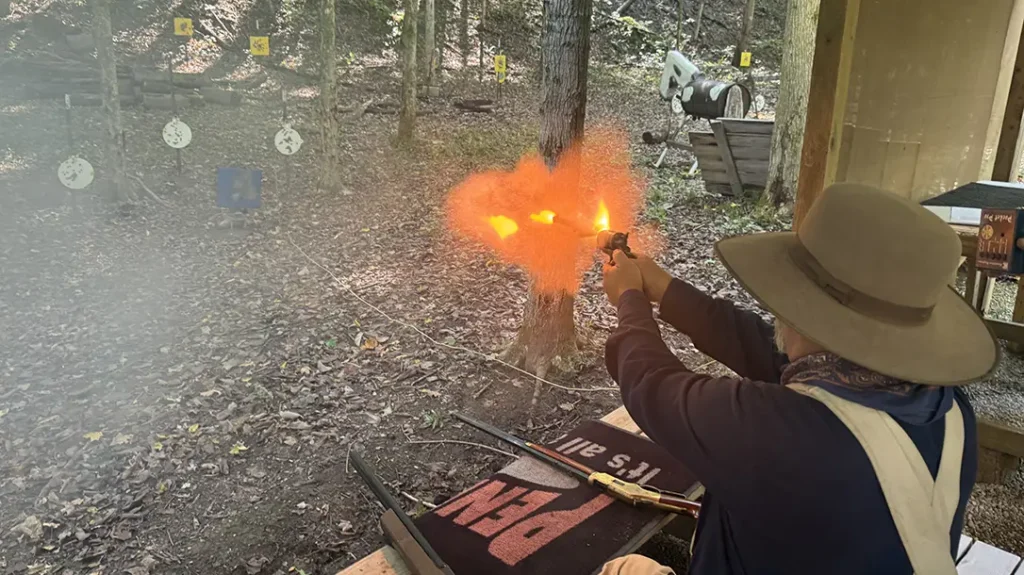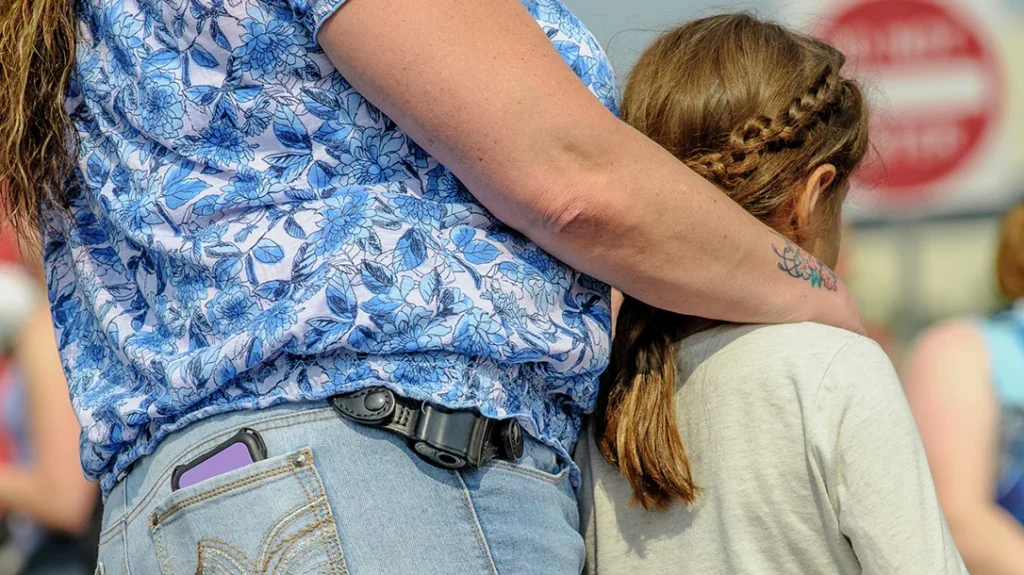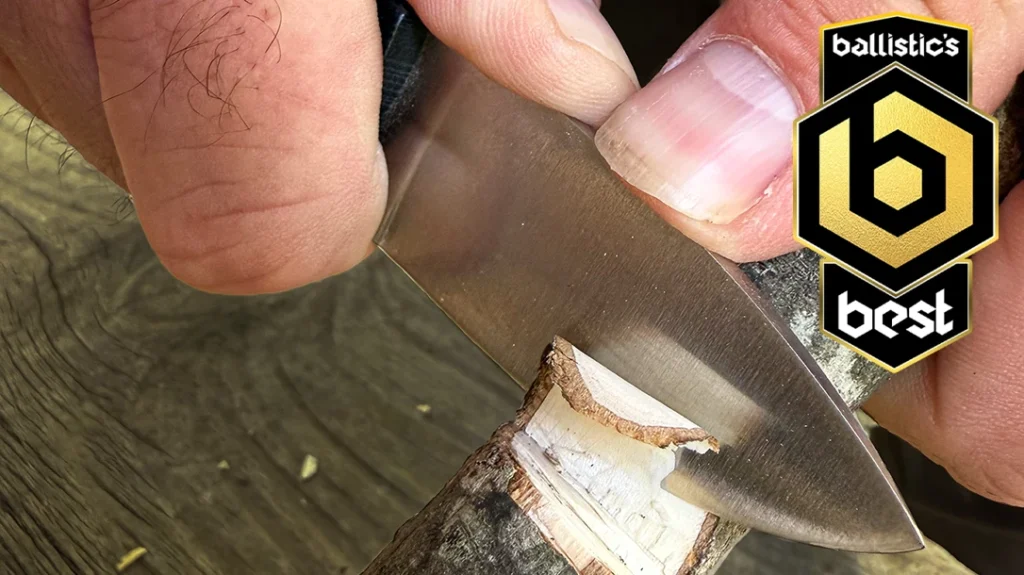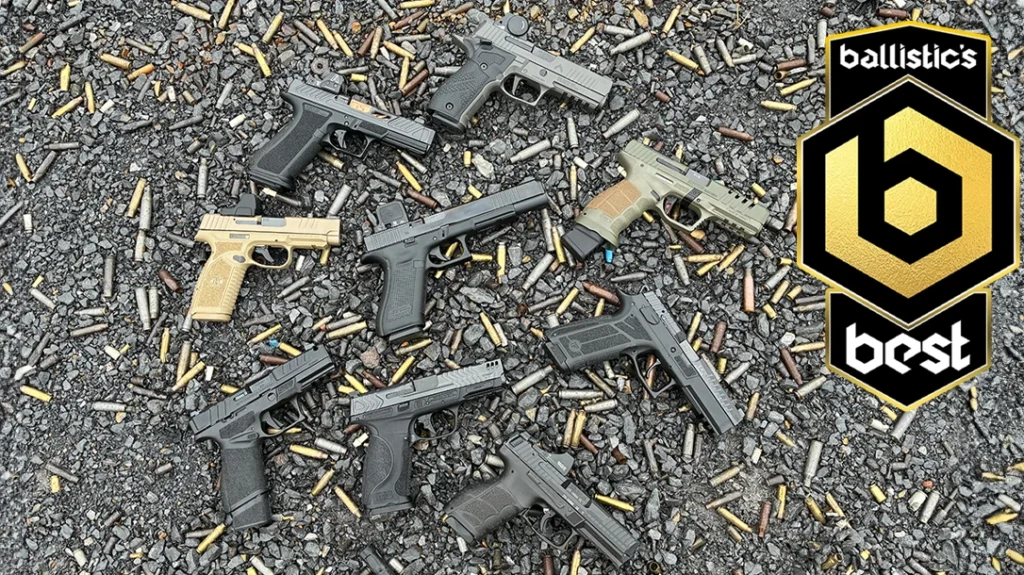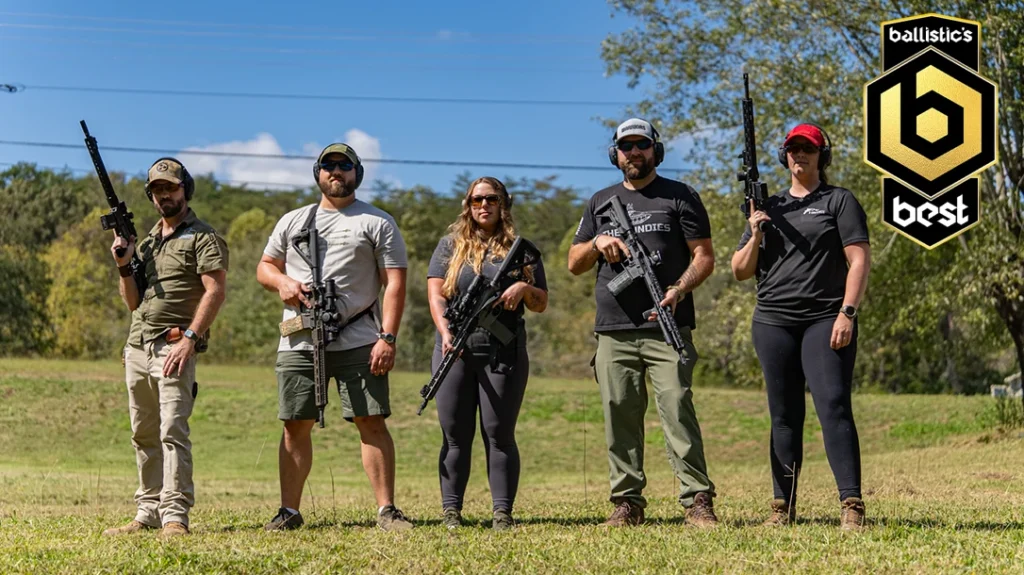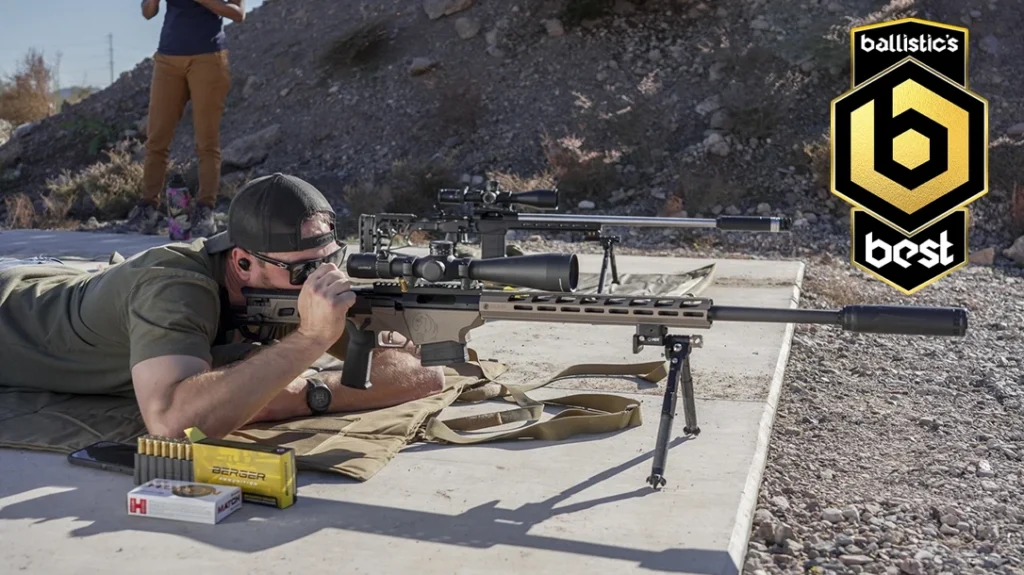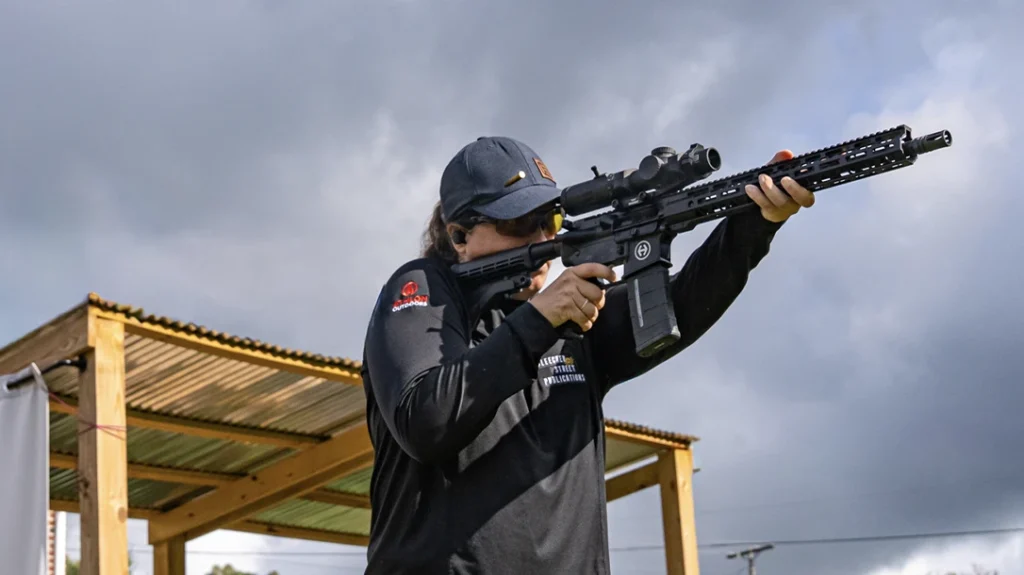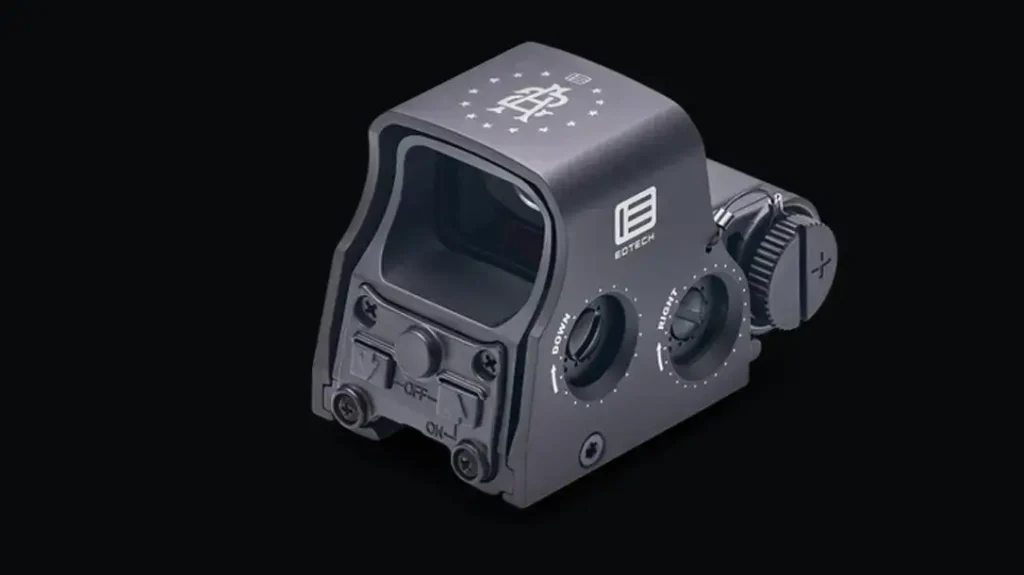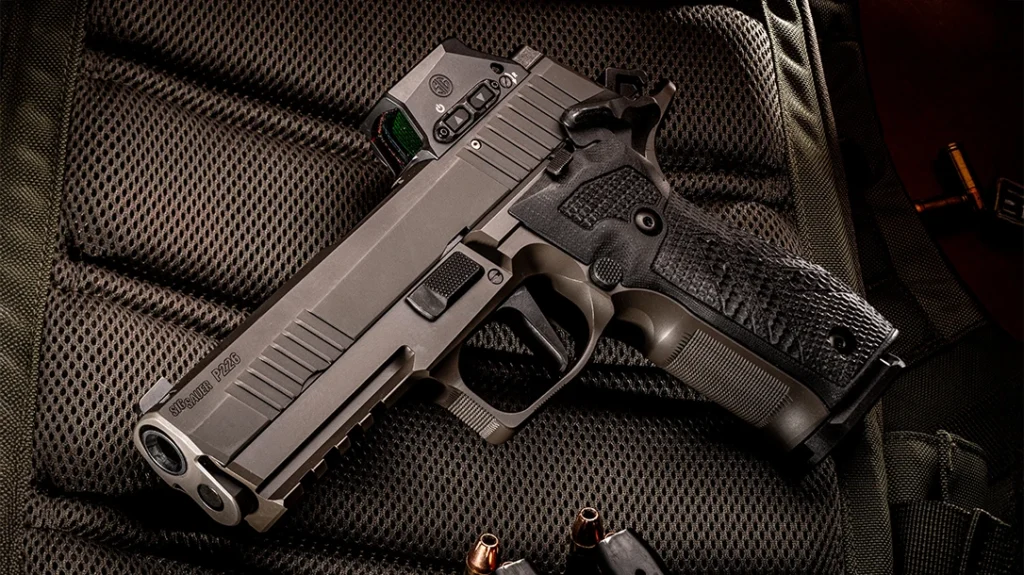Learning to shoot is full of moving parts. While our first visits to the range are enjoyable and mostly carefree, the longer we shoot, the more we need to look at the details. We focus on our sight picture, stance, and about 50 other things. One item that should be high on our attention scale is trigger reset. While it may seem like a small part of the shooting process, it is one of the most important. Today, we are going to dig into understanding trigger rest.
A Key Improving Your Shooting Understanding Trigger Reset
Trigger reset occurs when the trigger mechanism returns to its original position after firing a shot. This allows the shooter to fire another shot with a subsequent trigger pull. Mastering trigger control is the key to becoming the best shooter we can be.
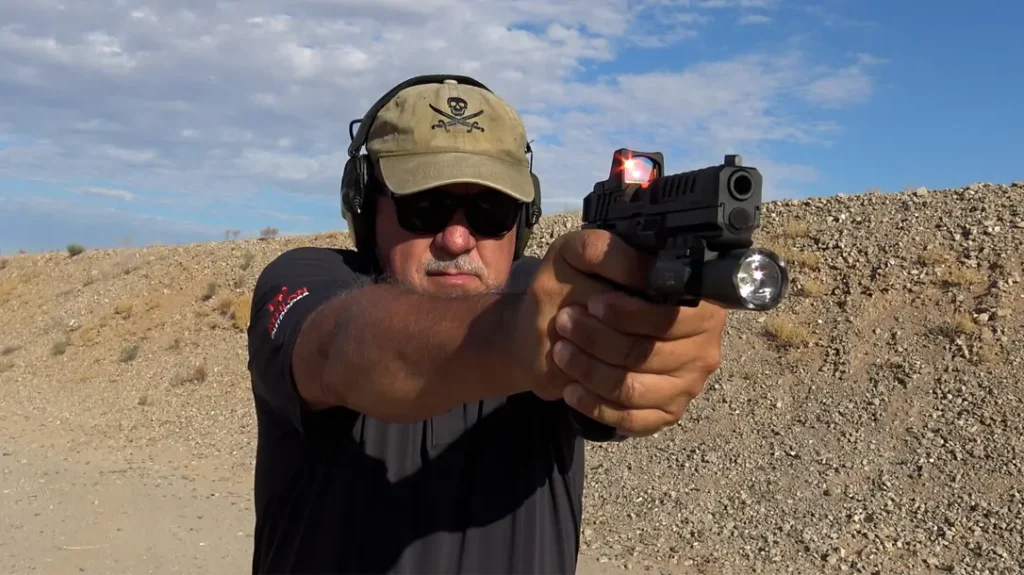
Advertisement — Continue Reading Below
For those unfamiliar with trigger rest, we have a drill to familiarize you with it. Unload your handgun and make sure you are in a safe place to practice. Verify that the gun is unloaded and rack the slide. Now, point your gun and slowly press the trigger. As you build tension, the trigger will eventually “break.” Now, hold the trigger to the rear and rack the slide again. Once the slide has been cycled, slowly let the pressure off, and the trigger will begin to move forward. Eventually, the trigger will click and possibly make an audible sound. The trigger is reset, and the gun is ready to fire.
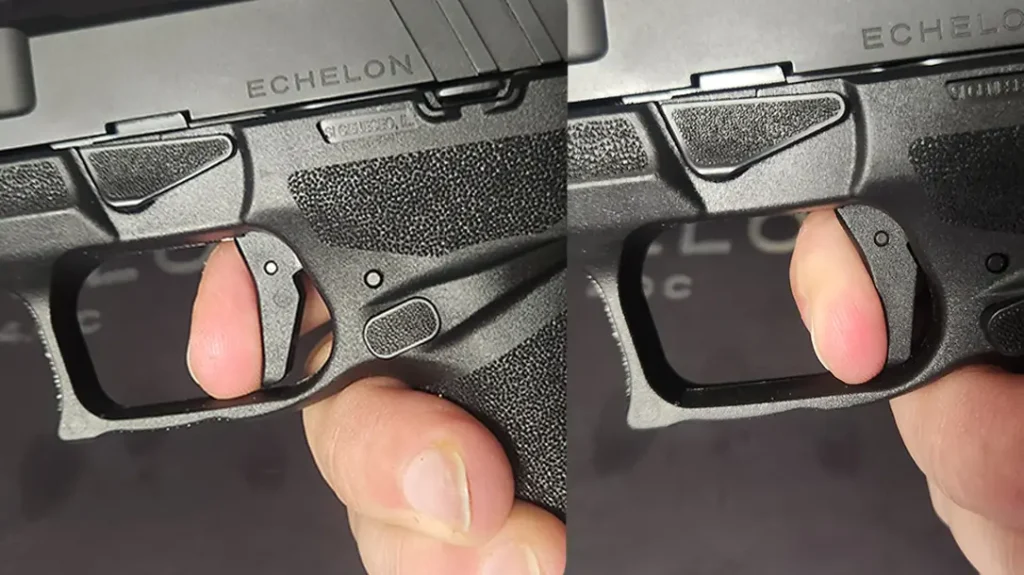
Trigger Reset Drill
This drill is a good way to familiarize yourself with trigger reset. Understand, though, that this is just a familiarization exercise. This process should not be taken into your regular shooting. It makes for very slow follow-up shots and a loss of focus on our targets.
Advertisement — Continue Reading Below
Ultimately, we want to let the trigger rest under action. To get a feel for this, set the pistol up in the same way. Now, point into the target and press the trigger. Once it reaches the “break” phase, relax your finger and rack the slide. As the slide cycles, the trigger will begin to move forward. Let your finger stay on the trigger and ride it forward. It is important to keep your finger at all times. Once the trigger hits the reset point, we are ready to press the trigger again.
One thing we want to avoid is letting our finger come off the trigger. If our finger comes all the way off, we must go through the entire trigger process again. Not only is it time-consuming, but it also leaves the opportunity to induce more movement into the gun. Both of these will affect accuracy and speed.
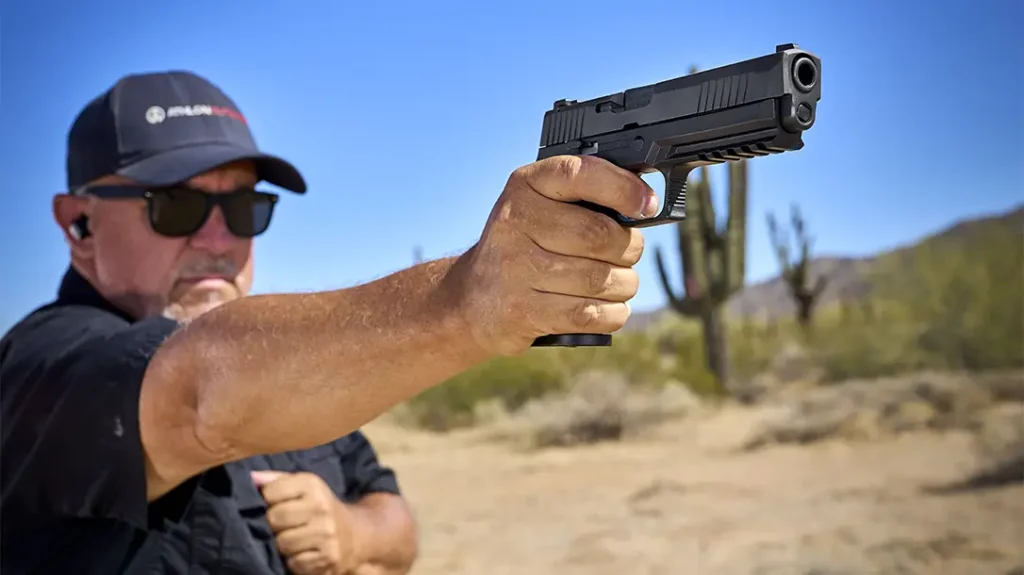
Advertisement — Continue Reading Below
Understanding Trigger Reset
Spending time practicing your trigger reset with an empty gun will help you improve and make it second nature. It will also better familiarize you with your actual trigger break. While this is but one of many parts shooting, trigger reset is very helpful. Give it a try and hit the range to check your result.
For more information, visit: https://www.gunsite.com/
